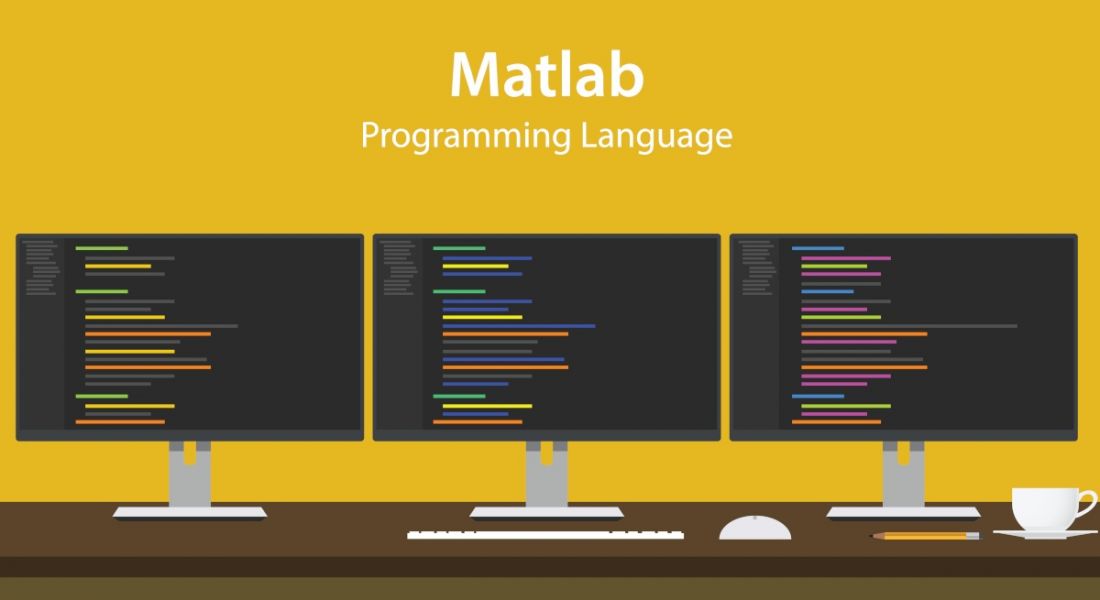Used by engineers, scientists and others who work with numbers and algorithms, Matlab is a programming language and computing environment.
If you’re new to Matlab, you might be wondering how it got its distinctive name, which is sometimes written in all caps.
If you guessed that there is a (tenuous) link between the workaday tool Matlab – full name Matrix Laboratory – and a certain sci-fi film trilogy, you’re correct. Both Matlab and the Matrix series of films were inspired by matrix theory, which, of course, is a mathematical theory that basically says we are all trapped in a simulation. Sound familiar? You’ve seen the movies…
You can check out a film news website for the rest of the lowdown on The Matrix and its matrix theory links, but our task for today is to delve into Matlab and provide a bit of context for those unfamiliar with it.
These days, MathWorks, the company behind Matlab, is global. Its Irish presence is in Galway, where it hired for numerous jobs in 2018. MathWorks’ Irish managing director, Richard Haxby, spoke to SiliconRepublic.com about his life as a tech leader back in March 2022. As well as Galway, he worked with MathWorks in the UK, Italy and Australia.
Matlab for students
Matlab was designed in the 1970s and 1980s by Cleve Moler, who taught at the Department of Computer Science at the University of New Mexico. He wanted to streamline processes for people in his industry, particularly his students.
If you look on MathWorks’ website, you’ll see there is a ‘For Students’ section, which carries certain package deals for students and educators. One of these deals includes Simulink, MathWorks’ other flagship product.
There is also a wealth of information and teaching resources for academics, with tutorials on how to get started using Matlab for educational purposes, as well as tips for engaging students and research insights.
For complete beginners
For complete beginners, MathWorks’ website is a very good starting point. It has a Getting Started section for newbies where you can find free courses, documentation and information on how to purchase licensing plans and download Matlab.
Of course, if you have no idea what you’re doing with Matlab, it can be a good idea to do a short course on it. That way you can get some context on its uses by watching someone else go through its features. When you return to MathWorks’ website having completed the course, you will more than likely be able to get more out of the documentation section.
Luckily, there are plenty of different online, short courses out there on Matlab. Coursera has an Introduction to Programming with Matlab course on its site that takes you through the basics in around 35 hours.
Simplilearn has an excellent breakdown of Matlab and its uses, advantages and disadvantages, which we would recommend reading possibly before you attempt to do a course. It explains Matlab very nicely and includes step-by-step instructions on how to set it up on your device.
Matlab features overview
Now that we have looked at resources for different types of Matlab users, let’s take a look in more detail at what Matlab actually does. As you might have gathered from the introduction, it’s for working with numbers and data.
Think linear algebra, data analysis, algorithm development and numerical matrix computation. If you go the Solutions section of MathWorks’ website, you’ll find examples of industries that use Matlab; they are quite diverse, ranging from software to biotech, energy production and even transport. Of course, all these industries rely on data and tech to help them optimise so Matlab’s workflow streamlining features are useful for everything from testing new tech to designing new algorithms.
Pricing options
In terms of pricing plans, your best bet is to keep scrolling down to the bottom of the webpage to the ‘Try or Buy’ section. There you’ll find out about the best licensing plan for you, whether you’re a student, professional or academic. An individual Matlab licence costs around €900 per year, but you can request a free 30-day trial via the sales teams. Another option is to get a perpetual licence, which is €2,250 for an individual.
Prices are much lower for students and academics; the former can get an individual perpetual license for €69, which comes with Simulink and other MathWorks’ products in a suite.
10 things you need to know direct to your inbox every weekday. Sign up for the Daily Brief, Silicon Republic’s digest of essential sci-tech news.




